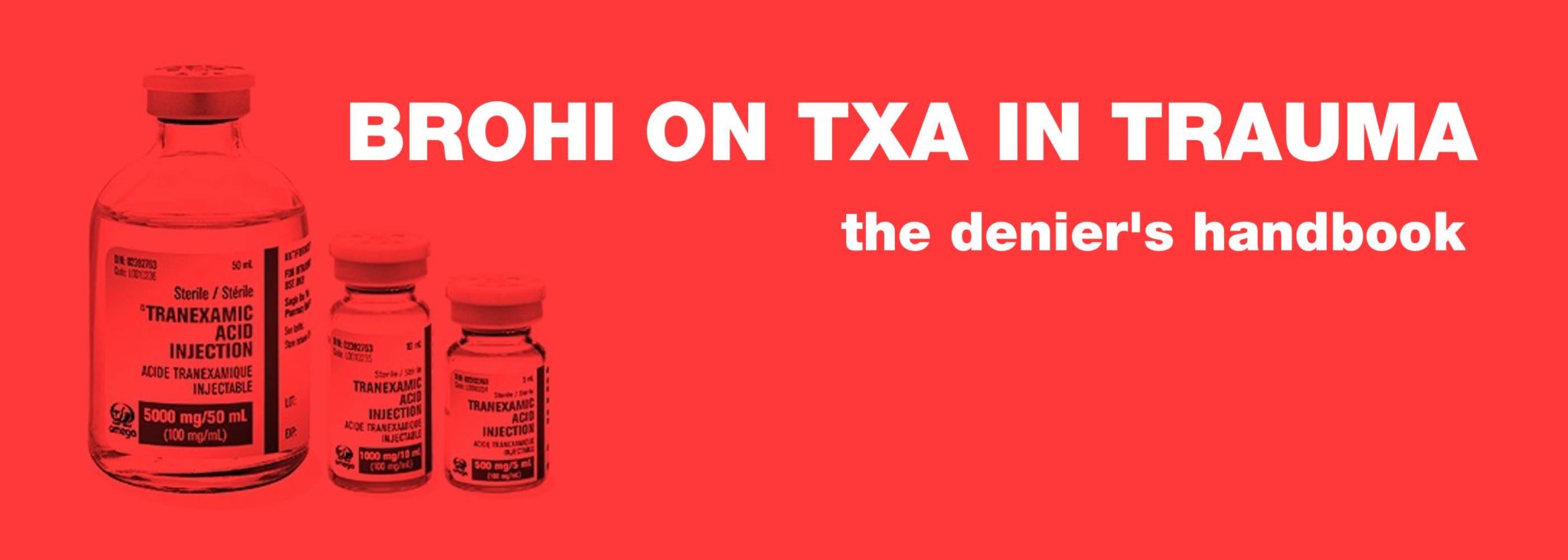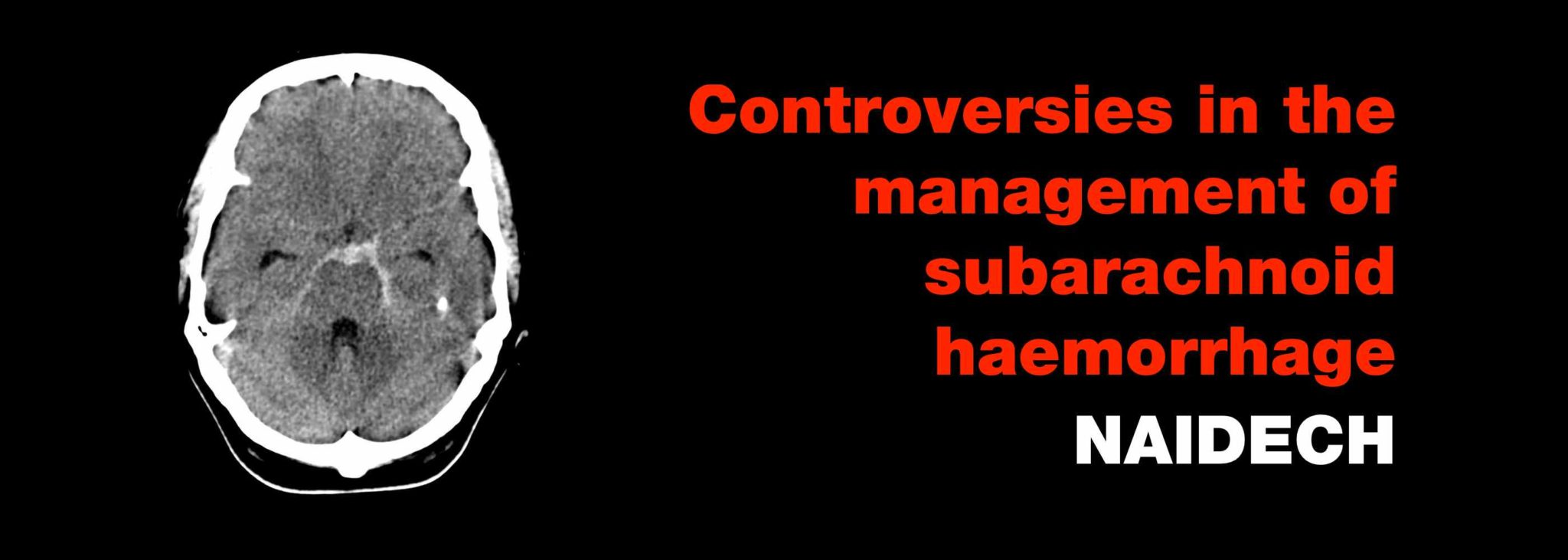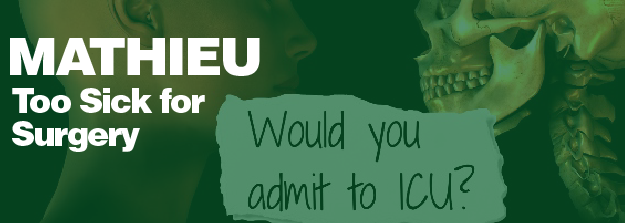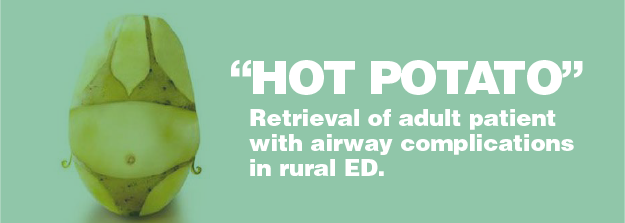Is Compassion a Patient Right? – Rick Body
Rick Body’s SMACC Chicago talk ‘Is compassion a Patients Right?’ takes us on a journey of emotions in critical care.
Starting with his rendition of john Lennons ‘Love’. Body, explains the origin of the word compassion – a move to act based on someone else suffering, a sharing of suffering with.
Body, initially focuses on a study conducted within his hospital of 125 patients, who were interviewed when admitted to their emergency department and when they where discharged. From the study it was depicted that, what patients truely wanted was simple human intervention; reassurance, friendliness, explanation, basic care. These responses were then coded into 5 different themes to depict how patients believe their suffering should be addressed;
1. Emotional distress
2. Physical symptoms – including pain (but not restricted to)
3. Information – Included reassurance and explanation
4. Care – Basic care
5. Closure – patients want to put this horrible episode behind them
Body notes that patients are telling us that they want something positive from us. They don’t want us to focus on what we shouldn’t do. They want us to be thinking about what we can do to help… suggesting that if we follow the above ‘EPPIC’ we could provide more compassionate care. The problem is this is not compassion as compassion is an emotion and needs to be felt.
Body then explores whats stopping us (care providers) from showing compassion? Sighting the The Good Smaritian Study: that depicts the more in a rush one is the less likely they are to show compassion. The By Standers Affect: if a large crowd is doing nothing, you are more likely to do nothing. Unclear of Who is Responsible: less likely for anyone to respond and Personal Reasons: the responsibility for other peoples lives, fatigue, tough, resilient to showing emotion, emotion been seen as a weakness and a feeling as doctors we are not meant to show emotions.
Body, then shows a picture of a doctor crouched slumped over and inconsolable, shortly after the image was taken the doctor loses a 19 year old patient he was treating and minutes later the he walks back into the emergency room and continues working. This picture went viral on social media and the doctor pictured was seen as admorable. Body sites this example to state that clearing having compassion and showing compassion is right, but is it a right?. And, asks the question ‘Would you prefer the surgeon who shaking with emotion as you go into surgery or the surgeon who is composed, objective, calm, tough, resilient, unmovable and efficiently get on with the task in hand?’.
Body believes that patients don’t have a right to compassion as it is an emotion and means to suffer with but asks for health providers to be emotionally intelligent. Explaining that emotional Intelligence recognises that there is a difference between traditional intelligence, IQ and our ability to form effective forms of interpersonal relationships. Siting the 5 domains of emotions intelligence as;
1. Know your emotions – know what we are feeling
2. Manage your emotions – cool rational and object in the rests room, show emotion with patients and family
3. Motivating ones self
4. Recognising emotions in others – empathy
5. Handling Relationships – interpersonal Skills – relate to other people
Body suggest that these are skills that can be developed as ones life goes on and by building skills in emotional intelligence that maybe one can be both a compassionate and effective doctor. Concluding by asking the question ‘How are you going to care more for your patients?’









